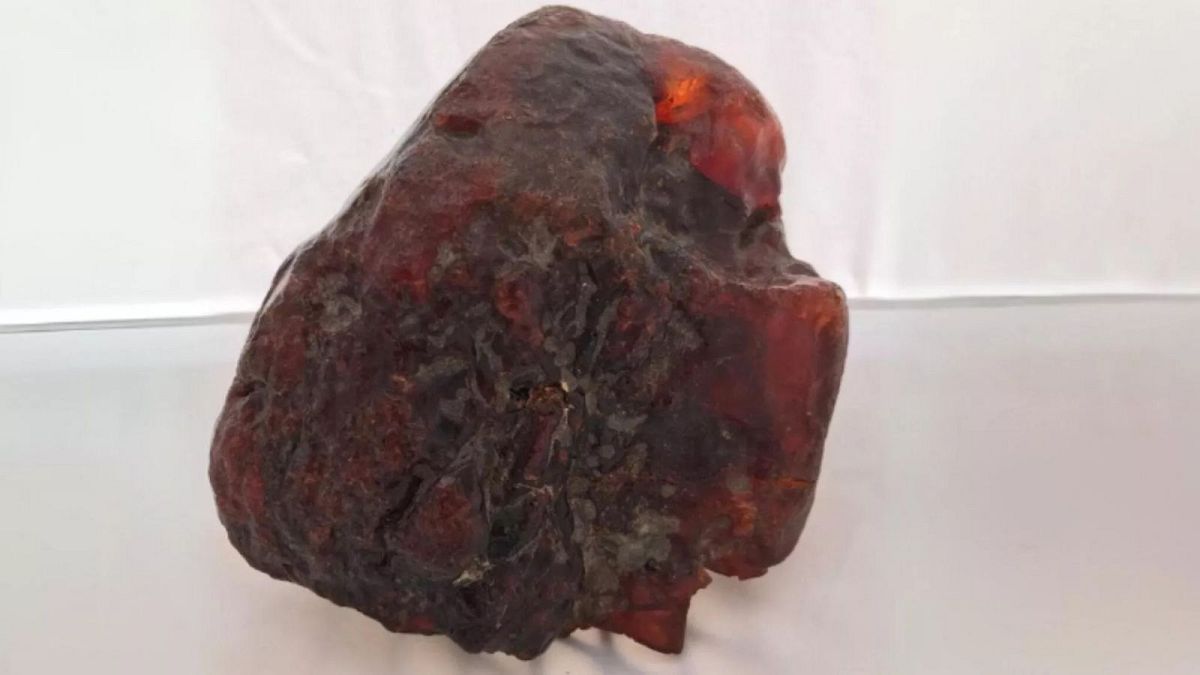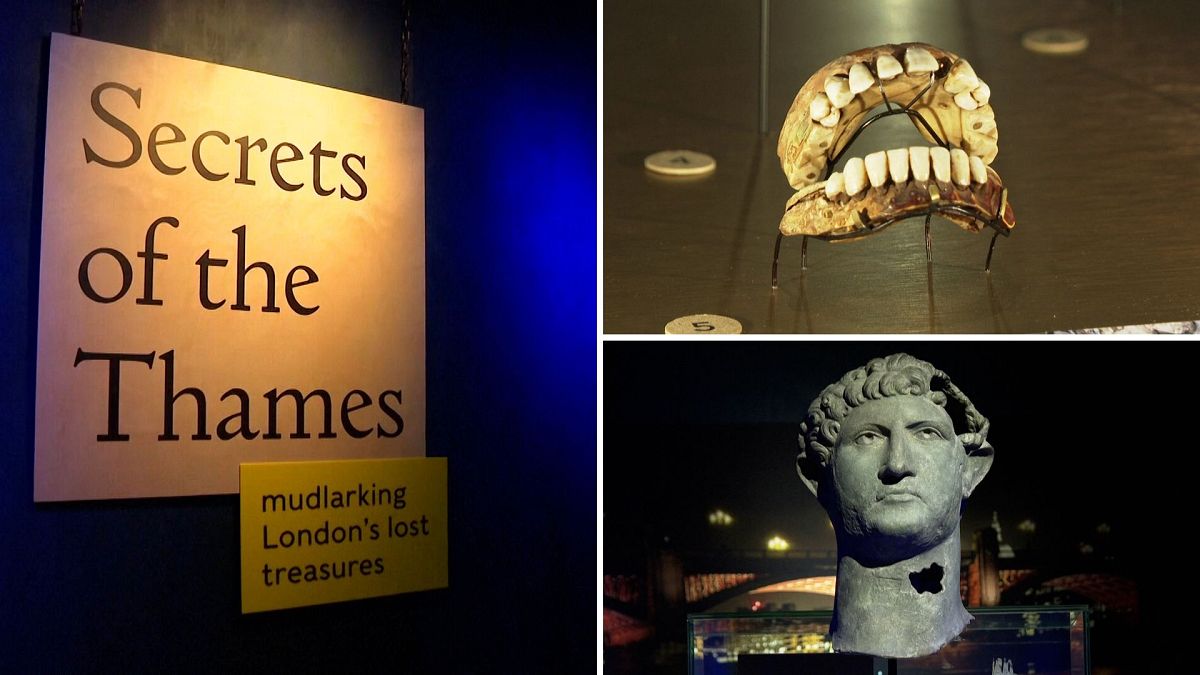Experts have started the painstaking restoration of a 650-year-old ecclesiastical register, one of the island’s most important medieval texts, as part of a project to preserve and digitise Ireland’s historical archives.
A meticulous conservation project has begun to safeguard one of Ireland’s oldest surviving paper documents, The Guardian writes, dating back to the medieval period.
The document in question is an ecclesiastical register, approximately 650 years old, that once belonged to Milo Sweteman, the archbishop of Armagh from 1361 to 1380. Experts at the Public Records Office of Northern Ireland (PRONI) are now working to repair its fragile pages as part of a broader initiative to preserve vital historical records from the medieval period. The register, which contains drafts and copies of legal papers, letters, receipts, and wills, offers a fascinating glimpse into the ecclesiastical workings of the time.
Sarah Graham, the head of conservation at PRONI, explained the rarity of such documents, noting that paper of this age is incredibly scarce in Ireland. “Paper that pre-dates 1450 is particularly rare,” she said, adding that the material used in the Sweteman register likely came from Italy and Spain, regions that the archbishops frequently visited. This discovery came from research into the document's watermarks, shedding light on the trade of paper in medieval Europe.
The Sweteman register is not the first to undergo this meticulous conservation process. The register of Archbishop John Swayne, dating from 1418 to 1438, has already been completed, with a digitised copy and translated summary now available online. This project is part of the Virtual Record Treasury of Ireland, an effort to reconstruct the nation’s historical archive, which was largely destroyed in a fire during the Irish Civil War in 1922.
The conservation process involves delicate work, as Graham explained. The Sweteman register, which suffered damage from previous conservation efforts in the early 20th century, is being carefully restored by removing acidic tracing paper, which had inadvertently worsened the degradation of the pages. The team is now using a specialist gel to remove the paper before gently washing the folios and repairing tears with Japanese kozo paper and wheat starch paste.
“The work that we do in conservation more broadly is really important to stabilise the collections so that they’re available to the public now, but they’re also available for generations to come, so that future generations are able to understand where they come from, what their history is, and the primary source of material is here and available to them,” Graham said, highlighting the importance of ensuring that some of the island's most significant historical texts remain intact.

 3 months ago
29
3 months ago
29






 We deliver critical software at unparalleled value and speed to help your business thrive
We deliver critical software at unparalleled value and speed to help your business thrive






 English (US) ·
English (US) ·